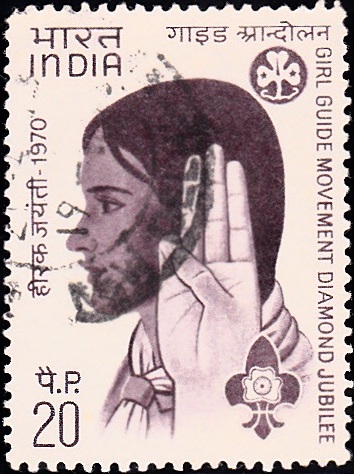
Girl Guide Movement of India
A commemorative postage stamp on the Diamond Jubilee of the Girl Scouts Movement :
Issued on Dec 27, 1970
Issued for : The P & T Department compliments the Bharat Scouts and Guides on their excellent work in promoting scouting and guiding in India and are happy to associate themselves with the Diamond Jubilee Celebrations of the Girl Guide Movement by bringing out a commemorative stamp on the occasion.
Design : The design of the stamp is vertical and depicts a Girl Guide salute against the back-ground of girl guide. On the right hand side the insignia of the World Association of Girl Guides is shown at the top and the emblem of the Bharat Scouts and Guides appears below.
Type : Stamp, Postal Used
Colour : Plum
Denomination : 20 Paise
Overall Size : 3.91 X 2.90 cms.
Printing Size : 3.56 X 2.54 cms.
Perforation : 13 x 13
Watermark : Printed on unwatermarked Adhesive stamp paper
Number Printed : 30,00,000
Number per issue sheet : 35
Printing Process : Photogravure
Designed and Printed at : India Security Press
About :
- The aim of guiding is “Character development towards happy citizenship, through natural rather than artificial means“.
- The Girl Guide Movement was founded by Lord Baden Powell in 1910. It was introduced in India at Jabalpur where a company was formed in 1911. During the next few years, several other companies sprang up, but these companies were restricted to Anglo-Indian girls and were controlled by the Headquarters of the Movement in England. By 1915, the movement had spread to Bombay, Calcutta, Madras, etc., and more than 15 companies had been formed, still controlled from London. In the meantime, several independent companies had been formed for Indian girls. The first was 2nd Poona (Bombay State) started in 1916. It was in October, 1916, that the then Chief Commissioner of Girl Guides in India was authorised to adapt the scheme to Indian conditions and to admit Indian girls. The All-India Girl Guides Association was then formed with a constitution of its own and it became full member of the World Association of Girl Guides and Girl Scouts in 1929.
- This association was amalgamated with the Bharat Scouts and Guides in 1951. The Bharat Scouts and Guides is a unified national organisation – both for boys and girls – and the Guide section is affiliated to the World Association of Girl Guides and Scouts and the Scout Section to the Boy Scouts World Bureau.
- The main purpose of the Gide Movement is to teach girls how to acquire confidence and to develop consideration for others. The technique is to encourage young girls to develop their nature through hobbies and their work.
- The movement is divided into three major branches according to the age groups, irrespective of caste, creed and religion. Bulbuls for girls of 7 to 11 years; Guides for girls of 11 to 17 years; Rangers for girls of 17 to 23 years.
- The distinctive feature of Guide training is based on a Voluntary Promise and observance of the Guide Laws. It encourages a child to be compassionate, considerate and to develop fellow feeling for his kind, whether in the country of her birth or elsewhere. And this training is given not by word of mouth, not by simply preaching or moralising, but essentially through common deeds of daily life and an action programme in course of training, based on the Guide way of life.
- A girl on enrolment as a Guide is taught to practise carrying out the ten Laws of the Guide Movement. She is also taught to live up to the promise which she takes at the time of her investiture which runs as follows :
- “To do my duty to God and my country,
To help other people at all times; and
To obey the Guide Law.”
- “To do my duty to God and my country,
- In the prevailing conditions in our country, with regional and conflicting loyalties, the Scouts and Guides are in a position to play a special role by helping young men and women to grow into responsible citizens who would be prepared to do their duty to the country regardless of caste or creed or the local community to which they may belong. The Scout and Guide movement is a very potent factor in promoting a sense of national integration and unity at an impressionable age in childhood.



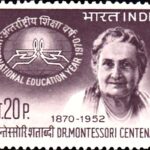
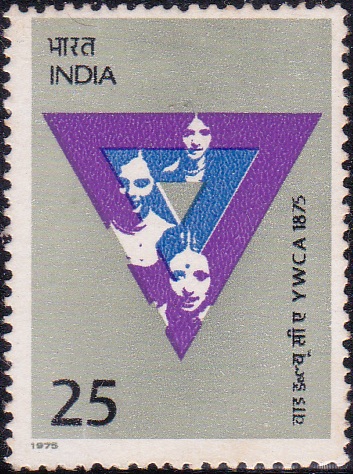

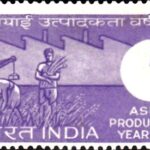
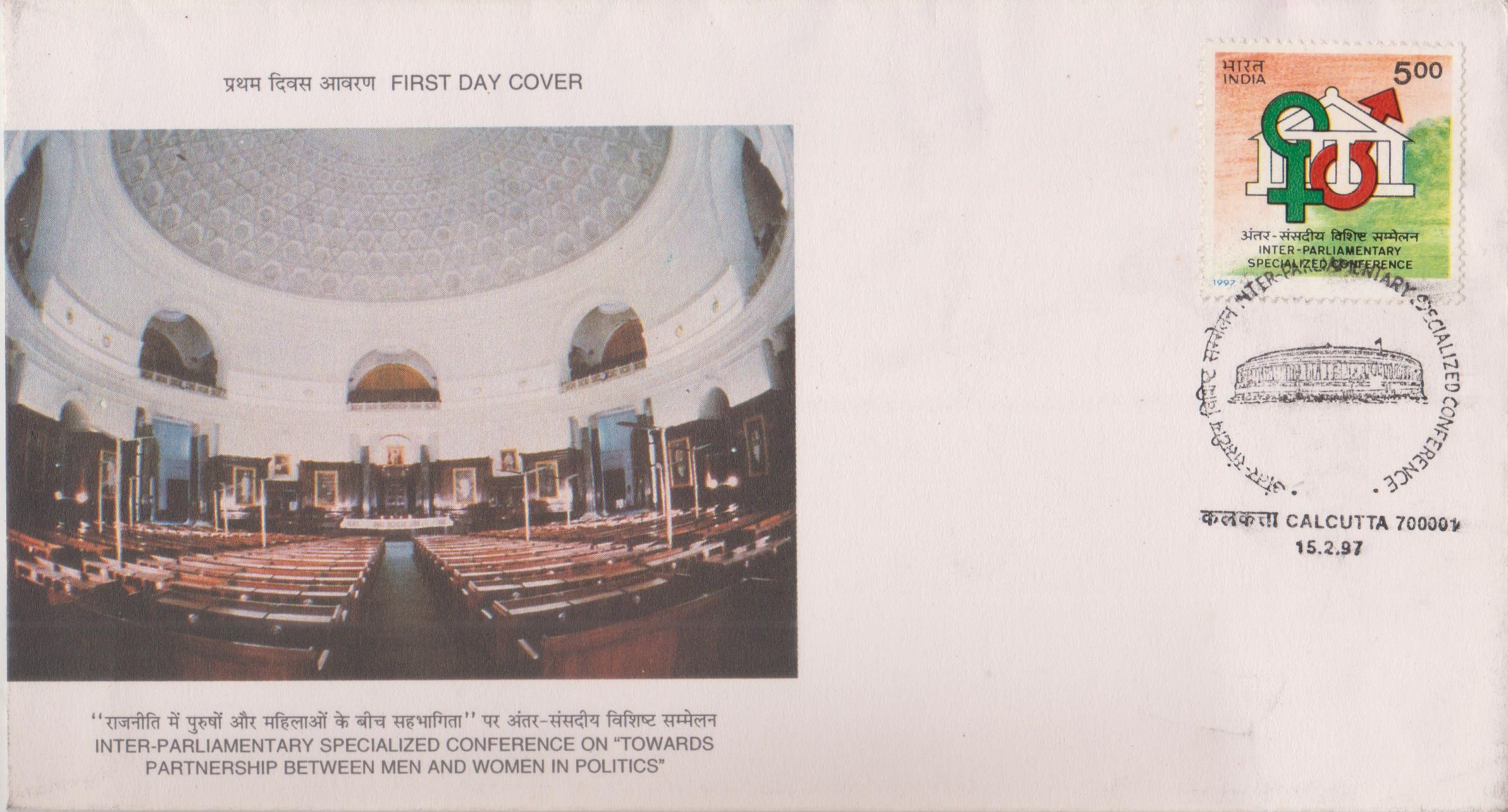

[…] associations, The Boy Scouts Association in India, The Hindusthan Scouts Association and the Girl Guides Association which were doing good work in various parts of the country were united under one organisation […]